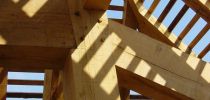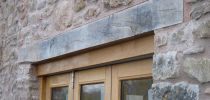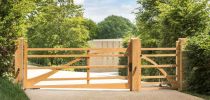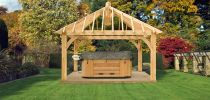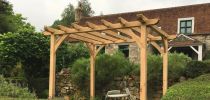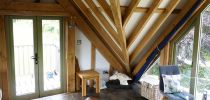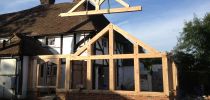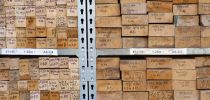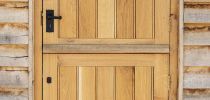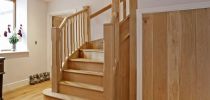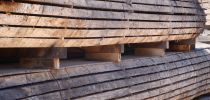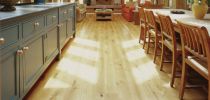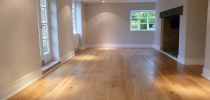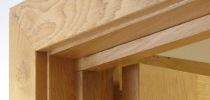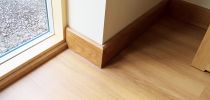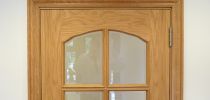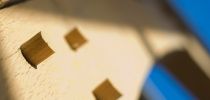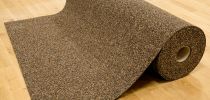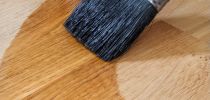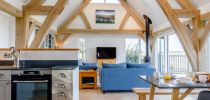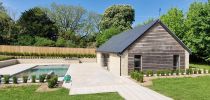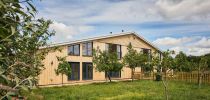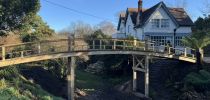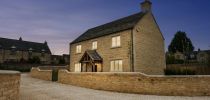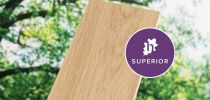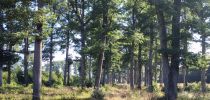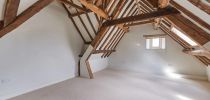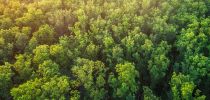

Structural
Understanding Distortion In Timber
What are the causes and how can you work around them?
20th March 2024
Timber, a versatile and widely used material in construction and woodworking, is not resistant to distortion. Understanding the reasons behind these changes in shape is crucial for those working with wood to create durable and reliable structures. In this article, we will explore the factors contributing to timber deformation and delve into the various types of distortions, including cups, twists, bows, checks, and springs.

Causes of Timber Distortion
One of the primary causes of timber distortion is changes in moisture content. Wood is hygroscopic, meaning it absorbs and releases moisture in response to changes in environmental conditions. When exposed to fluctuating humidity levels, different parts of a piece of timber may expand or contract at varying rates, leading to distortion.
Another cause is the internal stresses that wood is susceptible to. As trees grow, they develop internal tensions due to factors such as wind, ground slope and gravity. When the wood is processed, these internal stresses can be released, causing the wood to deform.
The method used to saw timber can also influence its stability. Quartersawn and flatsawn wood, for example, may react differently to changes in moisture, leading to variations in deformation.
Types of Timber Distortion
 |
Cupping |
 |
Twisting |
 |
Bowing |
 |
Springing |
 |
Checking |
The impact of this shrinkage on a specific piece of oak depends on its dimensions and position within the log. To predict distortion accurately, it is helpful to envision the growth rings straightening out as the piece dries, however, the shrinkage will never be uniform in all directions.
This non-uniform behaviour is due to the structure of wood and the arrangement of its cells. The two primary directions of interest when discussing wood shrinkage are the tangential and radial directions. Read more about these two types of shrinkage here.

Preventing Distortion
To minimise timber deformation, several preventive measures can be taken.
- Proper Drying: Implementing controlled drying processes helps maintain uniform moisture content throughout the timber, reducing the likelihood of cupping, twisting, and bowing.
- Acclimatisation: Allowing timber to acclimatise to its intended environment before use helps stabilise its moisture content, reducing the risk of deformation.
- Choosing the right product: Choosing timber with minimal internal stresses and selecting appropriate cuts can contribute to the overall stability of the wood. For example, timber that has been seasoned for some time will ultimately be more stable in situ as the majority of its movement has been done prior to its final application.
In some instances, it is simply not possible to completely prevent distortion, so it is all about choosing the right product before installation.
Understanding the reasons behind timber deformation is crucial when aiming to create durable and aesthetically pleasing structures and products. By addressing issues related to moisture content and internal stresses, and by implementing proper drying and processing techniques, it is possible to minimise the occurrence distortion in timber, ensuring the longevity and quality of wood-based projects.

